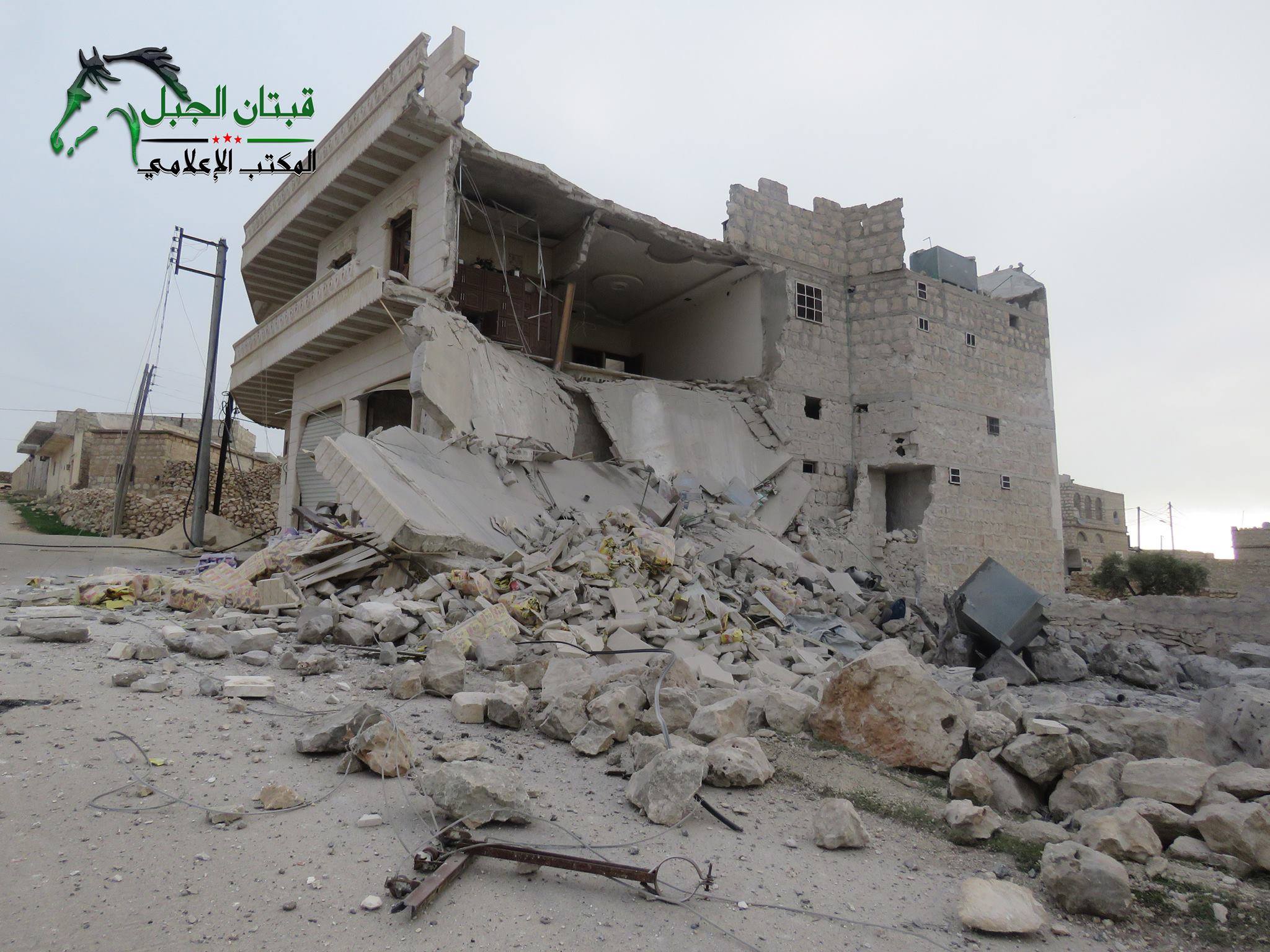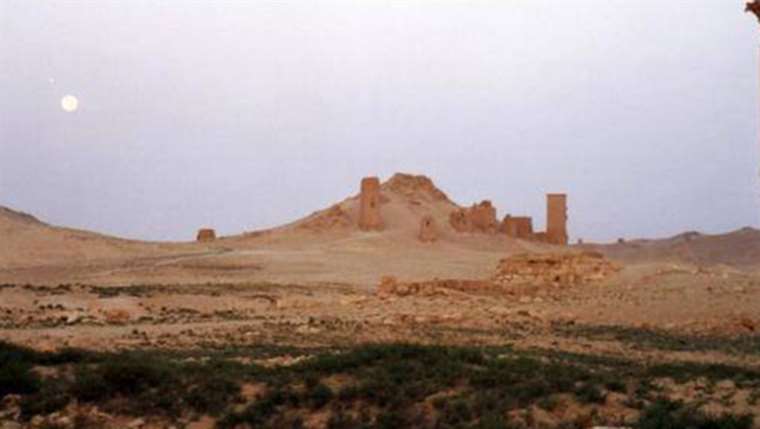A ceasefire deal in Syria based on the UN Security Council 2254 took effect on Saturday, February 27. Despite a significant decrease in the number of aerial attacks in Aleppo, violence continued.
The Syria Campaign set up a website to aggregate sources on potential violations of the ceasefire, and the Syrian Network for Human Rights has documented 145 breaches of the ceasefire that caused the death of 45 individuals. Institute for the Study of War mapped Russian airstrikes on February 27-28.
In the hours leading to the ceasefire, Russia intensified its bombardment with over 120 strikes on Friday. Only half an hour before the truce, strikes killed 15 civilians from three families in Kafar Hamra, Aleppo. A video posted by the Kafar Hamra Media Centre shows White Helmets rescuing a young boy from under the rubble.
Halab Today TV reported the death of 12 civilians in Jam’iyet al-Hadi in Western Aleppo countryside after Russian airstrikes after the truce went into effect.
Reporting from rebel-held Aleppo province two days after the start of the ceasefire CNN’s Clarissa Ward said there was a dramatic decrease of Russian aerial attacks, but residents are suspicious. Sky News Arabia saw a gradual return of life and services in the city.
ISIS-held towns of al-Bab and Tadef in the eastern countryside of Aleppo were not included in the truce and continued to be barrel bombed.
Clashes between the rebels and the YPG did not stop with the truce. Syrian Air Force targeted the Castello Road with heavy gunfire and thermobaric bombs, while fighting in Sheikh Maqsood and Youth Housing between Nusra on one side and the YPG and Syrian Democratic Forces on the other. Nusra also fired mortar shells on al-Hamdaniyeh district.
Regime and allied forces cleared the only road connecting western Aleppo with other regime-held territory, after recapturing the town of Khanaser from ISIS. The group had seized the town a week earlier, effectively putting Aleppo under siege, which led to soaring prices of supplies.
Two days after the start of the ceasefire deal, Aleppians in Tareeq al-Bab district, including several women demonstrated to call for the toppling of the Syrian regime, saying they will not abandon “the principles [they] rose for” with or without a ceasefire. While one banner in Arabic read “The people want to topple the regime – the revolution continues,” another in English accused the PYD-affiliated Syrian Democratic Forces of being the making of the regime, Putin, and the PKK.
Residents of Atareb, Aleppo, protested against Jabhat an-Nusra’s presence in their town, fearing Russian and regime aerial bombardment. They chanted, “Atareb is free, Nusra get out!”. Activists in the town said Nusra’s exit on its own cannot guarantee the cessation of attacks.
Free Aleppo City Council set pricing for “Amperes”, diesel generator electricity units bought privately in Syria since the conflict led to the deterioration or absence of certain services. The price of one Amp/hr, which can run two lights and a TV set, is prescribed at 17.64 SP (0.05 US cent). However, users complained of lack of compliance by providers.
Al-Muhtalla News, an anonymous citizen journalist group reporting from regime-held Aleppo reported the starting of a minibus line between western Aleppo city and the PYD-controlled, Kurdish majority town of Afrin. The minibus also goes through the Shia majority towns of Nubbol and Zahraa. Only Kurds and Shia are allowed to board. The connection was only made possible after the regime and Shia militias captured a string of towns in the province in mid February, following heavy Russian aerial bombardment.
Activists and residents of Tall Rifaat said the PYD-affiliated “Army of Rebels” had looted their homes after the opposition recently lost control of the town, according to Enab Baladi. Trucks were seen being loaded with furniture and electric appliances, and damaged cars were pulled out of town. Residents also said they were stopped at checkpoints and not allowed back into their homes after the fighting ended.
CNN revisit Aleppo after five years of war.
Expressen revealed new information and footage of the destruction by ISIS in Palmyra, particularly of Baal Shamin Temple, the Arch of Triumph, and the Tower Tombs. The Swedish media outlet interviewed Palmyra Museum Director Khalil Hariri who explained the damage done to the site, and met Tarek al-Asaad, son of Khaled al-Asaad, the renowned Palmyra archaeologist who was beheaded by ISIS after their capture of the site in August 2015. Tarek said the reason ISIS killed his father and blew up the structures is their hunt for gold they believed to be buried in the site.

Faris on Board Mir
Aleppian Cosmonaut Muhammad Faris spoke to The Guardian about his journey to space, his participation in the uprising and his role with the Syrian diaspora in Turkey.
 The Aleppo Project
The Aleppo Project
